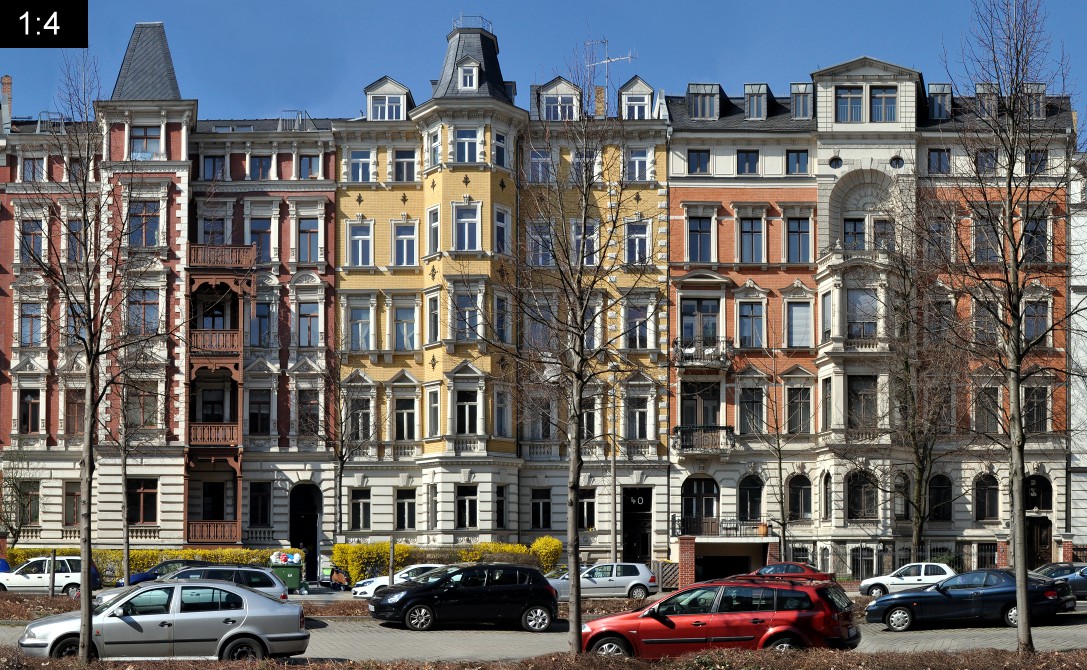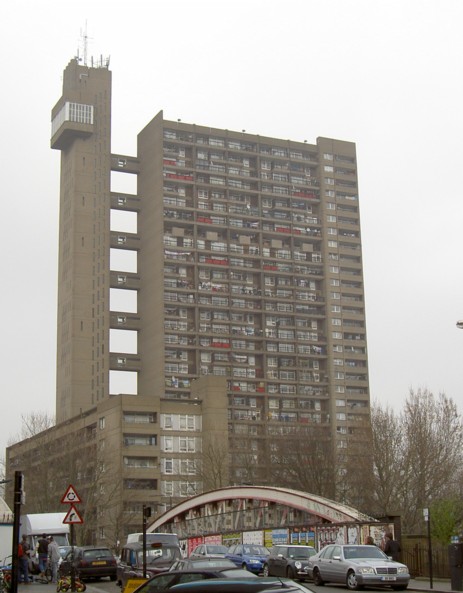Angst
Rambling and inconsistent
Walk through sections of a German city
I've spent a lot of time in Berlin, and Germany in general. Danes tend to do that as they're a neighbouring countries and have plenty of stuff to experience. Personally my family has visited several parts of Germany before we started going to Italy every summer - and even then we used to stay in different parts of the country on the way there. (We drove.) I'd like to ask if the 'ugly' buildings you're talking about were east or west of the iron curtain.
Also, again, people completely ignore that tastes simply differ from before.
Oh wow! You mean buildings before are different than buildings now?!?! What a revelation!
No seriously are you actually going to say anything interesting or is this just a picture spam.
^^ This ^^
(Although with slightly fewer declarations of uninterestingness)
Being hyp.
Is this post serious? Do you understand that pre-WW2 architects were just as 'hyp' as those today?
There's nothing more honest or authentic about the past. People should stop romanticizing it and consider its works greater than today. It only appears better because people remember the good things.






 , America got's too many of patriot missiles I'm affraid
, America got's too many of patriot missiles I'm affraid 